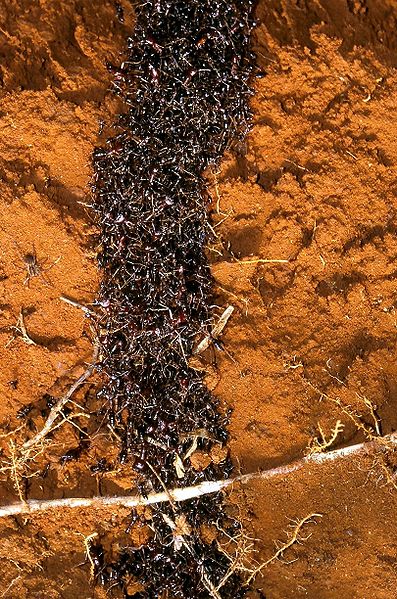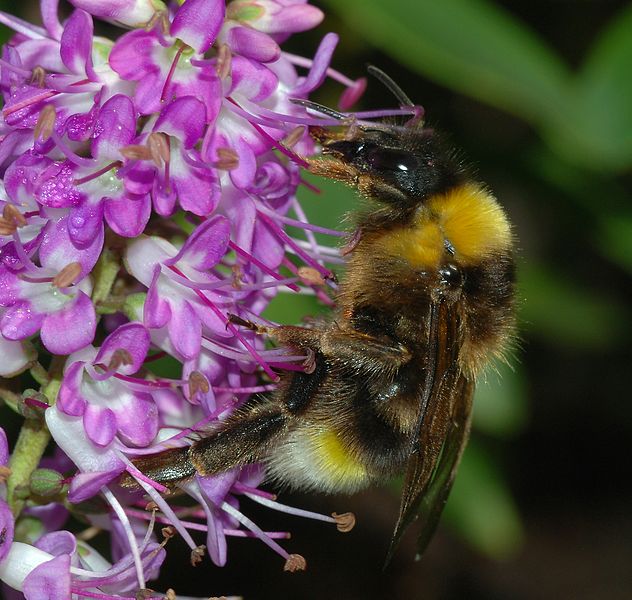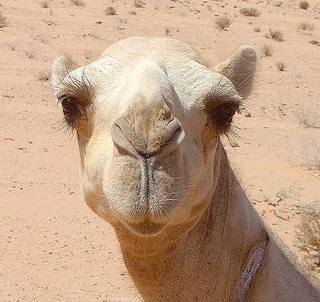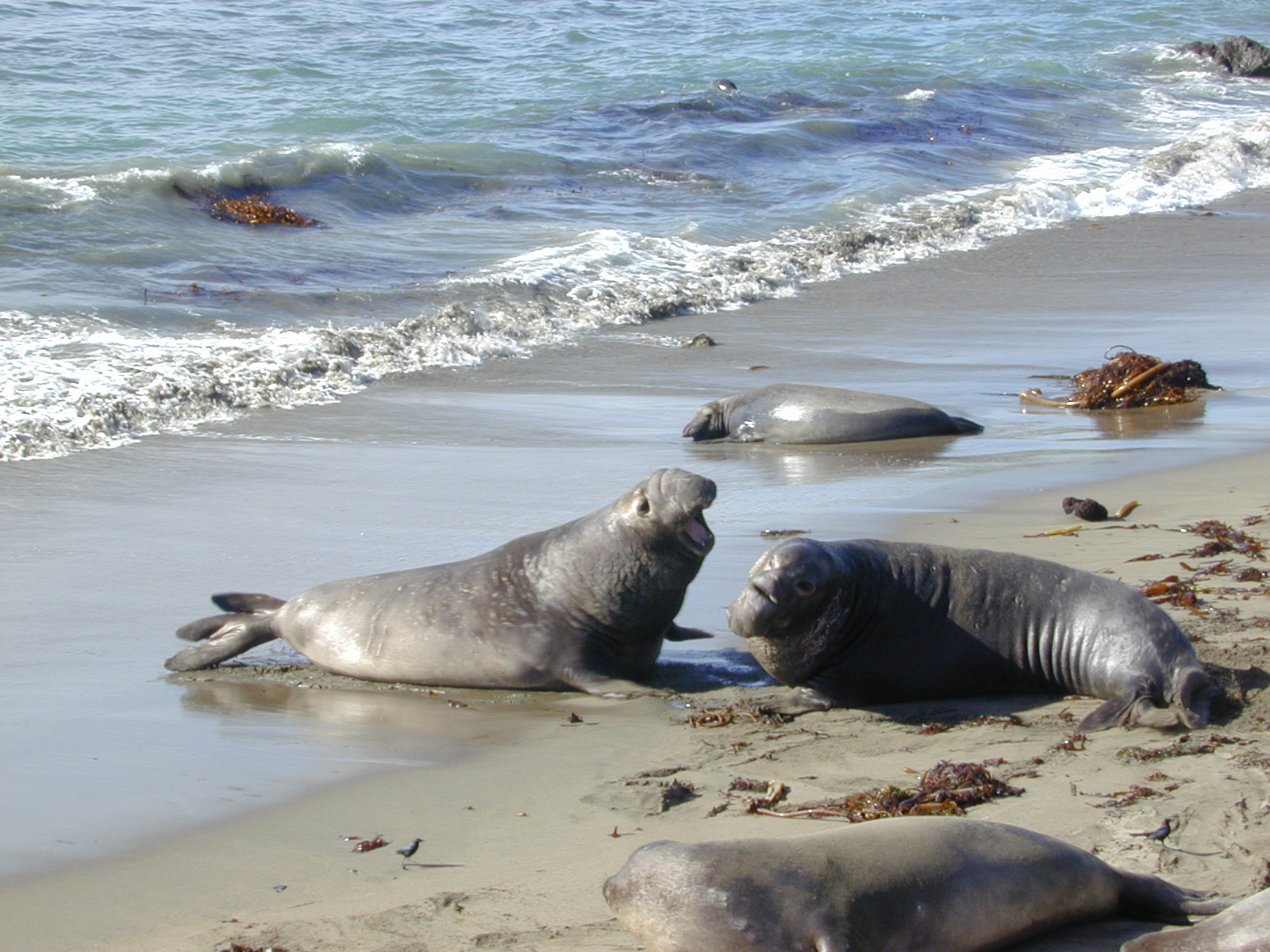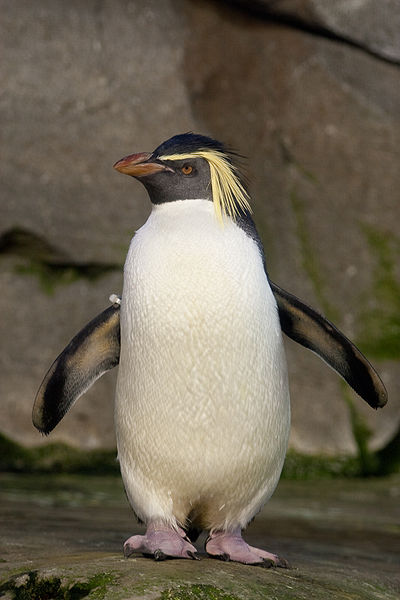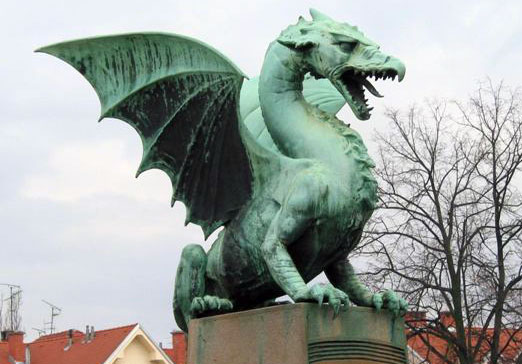
We are into the middle of our Mythical Wild Facts and after looking at Unicorns and the Loch Ness Monster it only makes sense that we learn a little more about a nice fire-breathing Dragon. Today we enter the fairy tales to find the truth behind Dragons. Believe it or not there are two different lineages for dragons which arose separately from one another. The first is the European Dragon which was derived from Greek and Middle Eastern cultures. On the other hand is the Chinese Dragon which obviously comes from the Asian and Korean cultures. So let’s learn a little more about this interesting creature, shall we?
As I am sure you know the Dragon is usually a reptilian type of animal with a lizard or snake like body and two lizard-like legs. It is the European Dragon that has the bat like wings growing from its back. You know the kind that you might find a donkey married to in Shrek. The Chinese Dragon on the other hand usually has a snake like body without the wings. Usually Dragons will be hatched from an egg and may breathe fire or even be poisonous. I personally had no idea that a Dragon was poisonous. Did you know that?
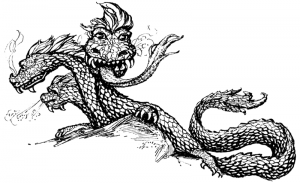
In many Asian cultures the Chinese Dragon is often thought to be representatives of nature, religion and the Universe. They are usually associated with wisdom as they are thought to be wiser than humans. These particular dragons may also contain magical powers. Hmmm… I guess this makes sense considering “Puff the Magic Dragon” was magical, right? Finally, some cultures believe that the Dragon can speak the language of humans and actually taught us how to speak. Well that was awfully nice of them to take time out of their busy schedule to teach us how to talk.
Dragon Fast Fact – Dinosaurs and other large fossils have been mistaken for the bones of dragons. For example, in 300 BC large bones were classed as belonging to a Dragon. It is thought that the myths of dragons and other mythological creatures were created to explain fossils of animals that had never been seen by humans before. That would be kind of fun, right? Find some bones and use your imagination to make up an animal that they could belong to. That is how archaeology and anthropology should work!
We are now past the half-way mark with our Mythical Wild Facts. Make sure you tune in tomorrow for another interesting fact.

